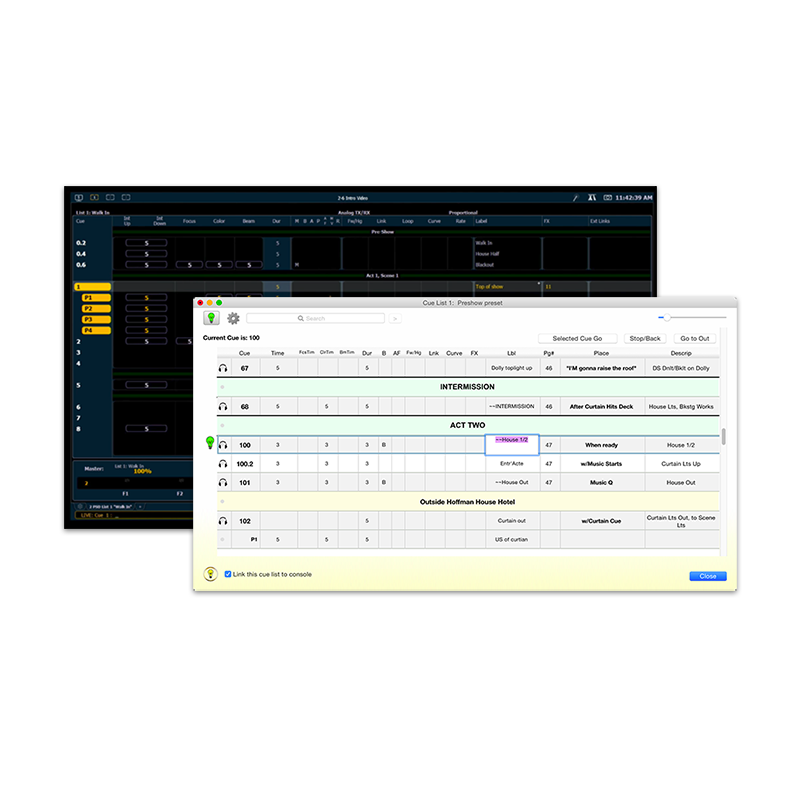

If you have flat feet, you might want to stay away from minimalist shoes because they do not offer the arch support you need. Furthermore, they are ideal if you are training for a big race in which you will wear racing flats, or the lightweight shoes you have practiced in. They are best if you are going to do strength work, drills, speed work, and long runs. Minimalist shoes are perfect for those who want some cushioning and are looking for a lightweight shoe. The study concluded that people “were able to land comfortably and safely when barefoot or in minimal footwear by landing with a flat foot (midfoot strike) or by landing on the ball of the foot before bringing down the heel (forefoot strike).” Harvard University did a study that was published in 2010 about the benefits of barefoot running versus running with shoes. However, if you wear lightweight shoes properly and train correctly, lightweight shoes can provide a variety of benefits. If you are not strong enough in these areas, it can cause problems. Lightweight shoes allow your feet, ankle, and lower body to support itself as you move through your steps. To properly be defined as a lightweight shoe, the ratio has to be less than 10mm. However, not all minimalist shoes features this zero-drop heel to toe ratio. This is different than other shoes because most have raised heel cups, while these do not. The heel of the shoe and the toe are level. One big tell of a minimalist shoe is that it has a zero-drop heel to toe ratio.

They have more cushioning than barefoot shoes but less than neutral shoes. The shoes do offer some cushioning, but just enough to protect you from impact.

These features allow you to have a neutral foot strike during your run.


 0 kommentar(er)
0 kommentar(er)
